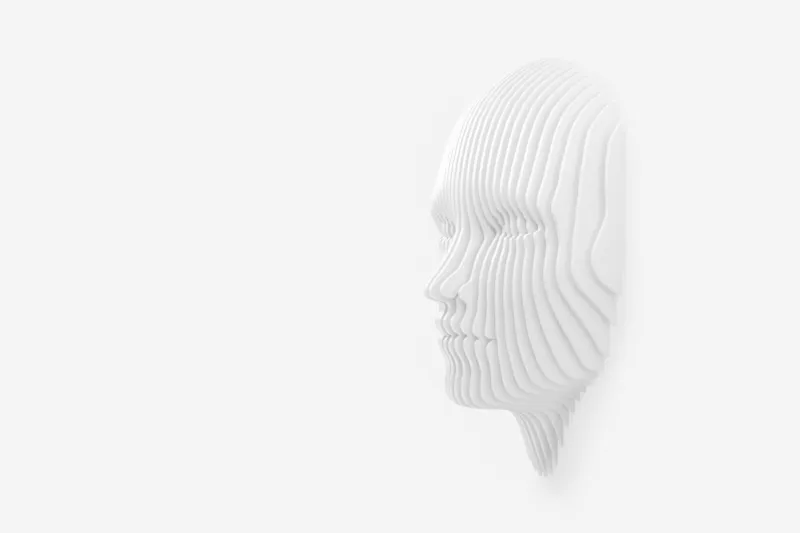The High Court of Australia hedges its bets in the Aristocrat case
The High Court of Australia has just issued a decision in an appeal by Aristocrat Technologies in Aristocrat Technologies Australia Pty Ltd v Commissioner of Patents [2022] HCA 29. A decision that was meant to provide some guidance as to what is eligible subject matter and what isn’t. However, we're not sure that's the case...
It was supposed to clarify everything. The High Court of Australia has now issued a decision in an appeal by Aristocrat Technologies in Aristocrat Technologies Australia Pty Ltd v Commissioner of Patents [2022] HCA 29. The Full Federal Court of Australia had found that four of Aristocrat’s patents for electronic gaming machines did not claim eligible subject matter. It was hoped that the High Court would provide some guidance as to what is eligible subject matter and what isn’t.
The High Court appears to have hedged its bets. The Court issued a split decision, with three judges finding for Aristocrat and three judges finding for the Commissioner of Patents. In a split decision like this, the lower Full Federal Court decision stands. The High Court dismissed Aristrocrat’s appeal.
Electronic gaming machines
An electronic gaming machine (EGM) is a physical device that is available for sale to licensed venues such as casinos, hotels and clubs. It is a modern form of a poker or slot machine. Back in 2014, when the patent applications under consideration were filed, EGMs generally consisted of five virtual or video reels of symbols being displayed in a grid or matrix, each of which spun vertically and stopped at random positions to be displayed in that grid or matrix upon completion of the spin, as determined by a random number generator.
The advent of electronics allowed designers to create new ways to stimulate and maintain player interest, commonly through the use of free games, bonus games or games in addition to the main or base game. A feature game is a secondary game made available to a player on the occurrence of a defined "trigger event" in the base game. The player can seek to win further prizes in the feature game and will be returned to the base game upon completion. The more successful a feature game is at holding player interest – and encouraging further betting – the more lucrative the EGM is for its operator.
The Full Federal Court
In Commissioner of Patents v Aristocrat Technologies Australia Pty Ltd (2021) 286 FCR 572, Middleton and Perram JJ noted that the feature game was an "abstract idea" that was not itself patentable, but recognised that an abstract idea may be patentable if it is physically embodied by an invention that gives it practical application.
Their Honours observed that providing a feature game based on the occurrence of a trigger event in a base game were implemented by means of a computer program rather than by any mechanical apparatus. These novel features would not of themselves be a patentable invention. None of the additional features provided an advance in computer technology.
The claimed invention was therefore a computer-implemented invention, but could not be described as an advance in computer technology.
Nicholas J reached the same result in a different way. His Honour asked whether the claimed invention produced an "artificially created state of affairs". This involves looking at whether or not the claimed invention "solves a technical problem or makes some other technical contribution to the field of the invention".
His Honour accepted that "[m]ere business schemes" and abstract ideas or information have never been regarded as sufficiently tangible in character to constitute patentable subject matter. However, they may become something patentable if the abstract ideas or information are given "practical effect and transformed into a new product or process which solves a technical problem, or makes some other technical contribution in the field of the invention.
In this case, his Honour could not find a solution to a technical problem or some other technical contribution.
The case against patentability
In the recently released High Court judgment, Keifel CJ, Gageler and Keane JJ found that the claimed invention did not satisfy the requirement of relating to a manner of manufacture.
In the absence of a claim to some variation of or adjustment to generic computer technology to give effect to, or accommodate the needs of, the new game, their Honours saw no reason to characterise the claimed invention as other than a claim for a new system or method of gaming: it is only in relation to the feature game that the invention is claimed to subsist.
The present invention was observed not to fall within a category of case in which, as an element of the invention, "there [is] a component that [is] physically affected or a change in state or information in a part of a machine". Their Honours found nothing in the claims that might lead to the conclusion that it has produced some adaptation or alteration of, or addition to, technology otherwise well-known in the common general knowledge.
Their Honours concluded that the invention consisted of no more than an unpatentable game operated by a wholly conventional computer, using technology which has not been adapted in any way to accommodate the exigencies of the game or in any other way.
The case for patentability
Gordon, Edelman and Steward JJ found that the claimed invention did in fact satisfy the requirement of relating to a manner of manufacture.
Their Honours observed that a manner of manufacture requires only the existence of some material and artificial advantage. It is well established that a mere scheme of plan cannot be the subject matter of a patent. It is, however, equally well established that one way in which a "mere method" will become a manner of manufacture is when it is practised or used in a way that is embodied in a physical form. The same reasoning applies to the rules of a game.
Rather than ask whether or not an implementation of a scheme could be described as “an improvement in computer technology”, a better question would be to ask whether the claimed subject matter is (i) an abstract idea which is manipulated on a computer; or (ii) an abstract idea which is implemented on a computer to produce an artificial state of affairs and a useful result.
The artificial state of affairs and useful result may be a physical change in something, but it need not be. The artificial state of affairs may be an improvement in computer technology, but it need not be. It is enough that the artificial state of affairs and useful result are created by "the way in which the method is carried out in the computer".
Further, the method of carrying out the idea in the computer, and the artificial state of affairs and useful result, need not be inventive or ingenious. The ingenuity may lie only in the idea but, when the idea is applied to produce an artificial state of affairs and a useful result, there will be a manner of manufacture.
Their Honours characterised the invention as ‘an EGM incorporating an interdependent player interface and a game controller which includes feature games and configurable symbols’.
There was found to be no need to consider whether the subject matter is "computer-implemented”. The implementation of a scheme or idea on a computer to create an artificial digital state of affairs should not be treated any differently from the implementation of a scheme or idea by any other machine to create an artificial physical state of affairs. In both cases, however, the implementation must do more than merely manipulate an abstract idea. It must create an artificial state of affairs and a useful result.
Their Honours observed that the game controller of the invention, which includes feature games and configurable symbols, has been assumed at all stages of this litigation to meet the threshold requirements for an alleged invention. The operation of the game controller cannot be severed from the interdependent player interface in the EGM. The claimed operation of the game controller, displayed through the player interface, is an altered EGM involving an artificial state of affairs and a useful result amounting to a manner of manufacture.
The way forward
It was hoped that the High Court granting special leave in this matter would ‘resolve issues of legal principle that were ripe for determination’. Few would argue that this judgment achieves that.
Does a computer-implemented invention need to demonstrate an adaptation or alteration to technology? Or an addition to technology? Such a test inevitably conflates an assessment of patentable subject matter with an assessment of inventiveness.
Or does a computer-implemented invention simply need to produce an artificial state of affairs and a useful result when implemented on a computer? This test would maintain a distinction between an assessment of patentable subject matter and an assessment of inventiveness.
In some cases the two tests will produce the same outcome. In other cases they will produce different outcomes. Which test should prevail? Place your bets!


